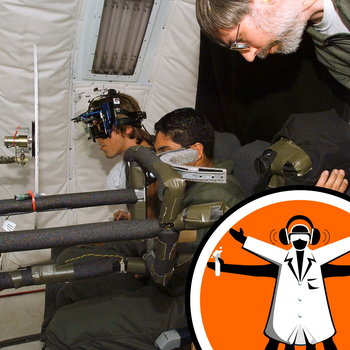
The nervous system of worms
Loading player...
The nervous system is a complicated network of specialized cells, called neurons, that allow the transfer of information from one part of our body to another. To help our understanding of the nervous system in humans, scientists have been mapping the connections between neurons in a type of round worm, called C Elegans. C Elegans are so small that they are barely visible by the naked eye. So to obtain images of the worm, a special microscope, called an electron microscope is used. They take images along the worm, using an electron microscope and each image is analysed, and the neurons are marked. These marks are then put together to form a map of the neurons through the body of the worm. A map, known as a connectome. Connectomes give us more information on how signals transfer through our bodies, and which neurons are used for which actions. For example, how does the signal that tells my brain that it is hungry compare to a signal of pain from stubbing my toe? Due to the complicated nature of the nervous system, a lot of previous studies have focused on one area of the worm. For example, the brain. For the first time, a connectivity map has been drawn for the entire nervous system of a C- elegans, a type of round worm. I asked Professor Scott Emmons to describe what the work tells us. For information regarding your data privacy, visit acast.com/privacy




